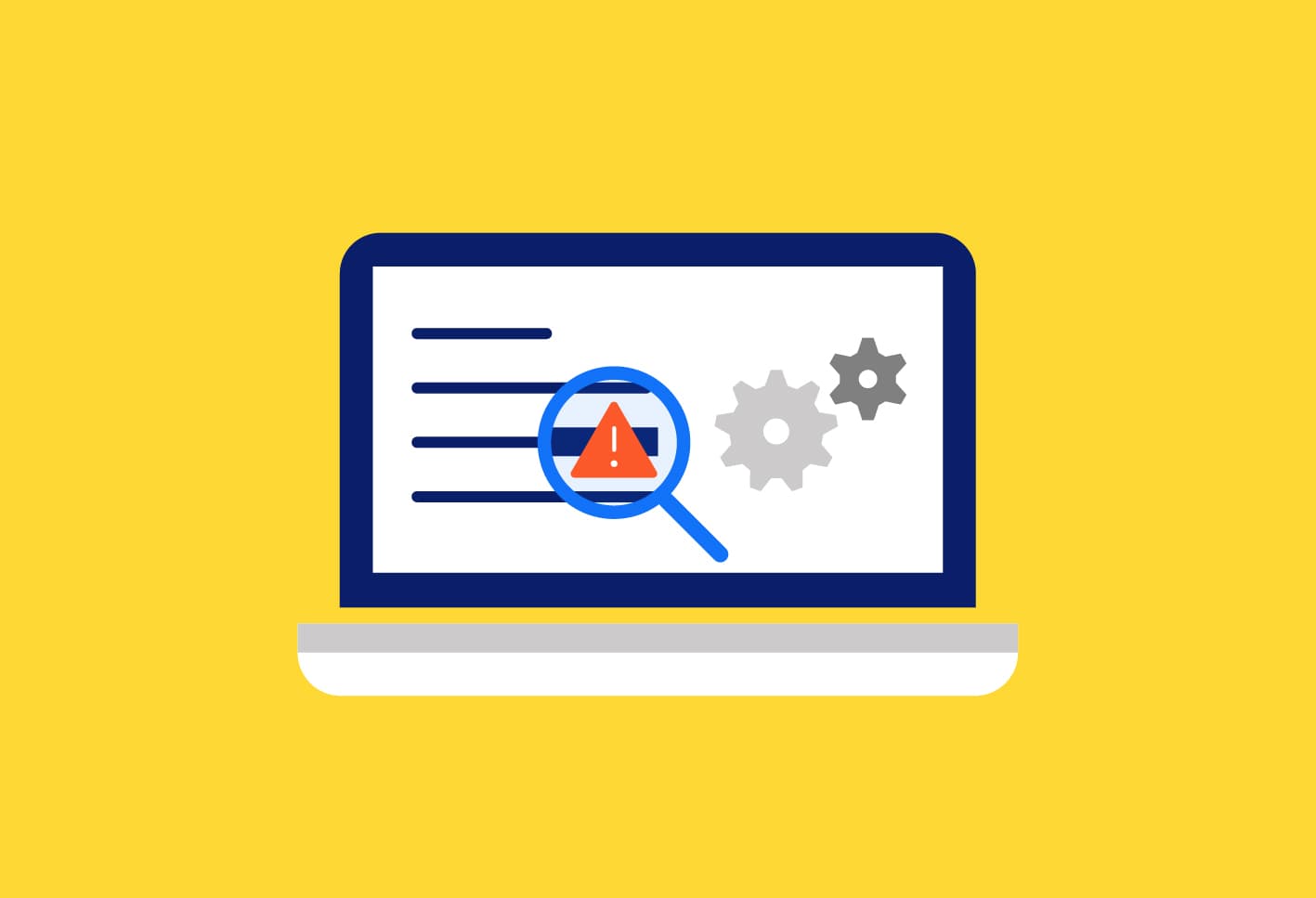Goals
Right to Operate in the EU
Today’s priority should be to enable businesses of all sizes to thrive in the EU single market by providing legal certainty and ensuring coherence between vertical and horizontal legislation to achieve coherent frameworks for companies.
Today’s focus should be ensuring that businesses of all sizes can thrive in the EU single market. Complex layers of legislation can hinder entry and limit the benefits for businesses and consumers. We urge the new mandate to provide legal certainty and ensure that vertical and horizontal legislation work together to create a coherent framework for companies.
Recommendations
- Avoid barriers to the EU Single Market: The European legislative acquis and any future legislation should be reviewed with a view to tearing down existing and potential barriers to the EU Single Market.
- A true focus on SMEs: Any new legislation should be thoroughly and truly assessed individually and in tandem with other existing and future proposed legislation for its impact on SMEs.
- Avoid Complexity: Complex layers of legislation can hinder entry and limit the benfits for businesses and consumers
- Legislative Coherence: Ensure legal certainty and ensure that vertical and horizontal legislation work together to create a coherent framework for companies.


